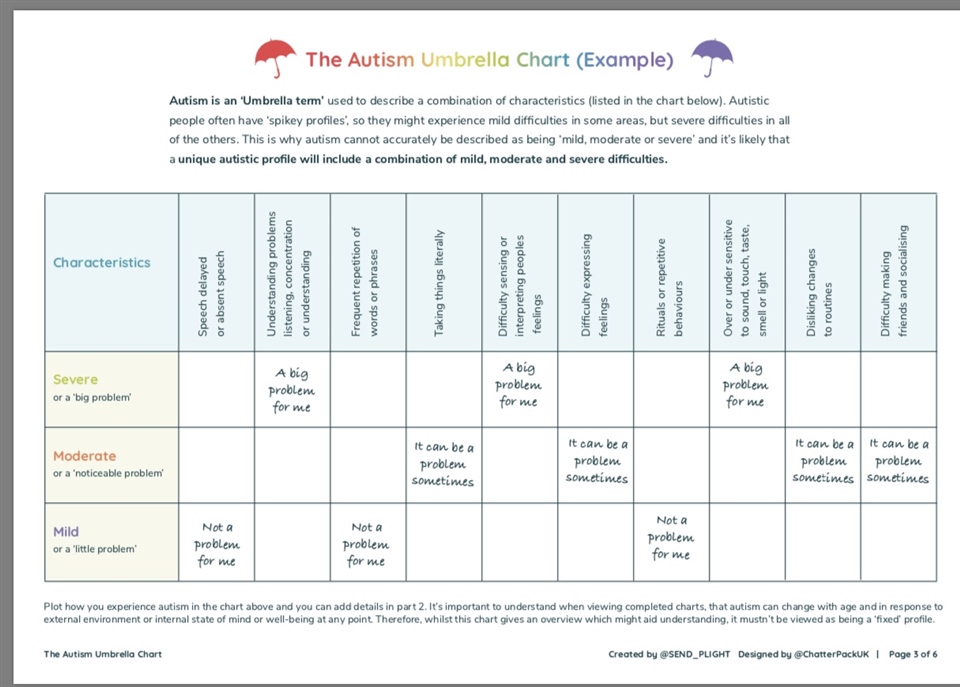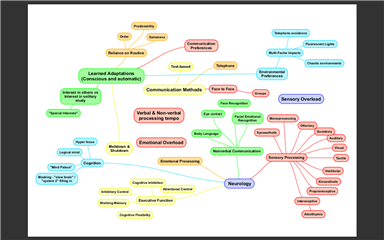Hi
Im an autistic woman with 6 ASD children. Recently my 16 year old daughter was diagnosed and she asked me if she was mild autism or high functioning.
I tried to explain to her that it doesn’t work like that really but she didn’t understand and so I made this chart link below.
www.chatterpack.net
Its totally free and I’m not a business or anything but other people have found it useful so I thought I’d share with you all as it’s here that I learnt about autism when I was first diagnosed.
I hope that it’s helpful to someone
thanks 



